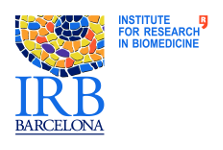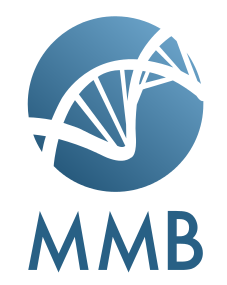Welcome to Molywood
What does molywood do?
Molywood is there to make cool molecular movies for you.
Specifically, molywood automatizes the most tedious steps in
generation of these movies, i.e. scripting in TCL, rendering, generating
overlays and combining frames, as well as merging frames into the final
movie:

We try to simplify the movie making syntax, as well as add extended functionalities such as animating trajectory data with matplotlib, adding insets or making multi-panel movies.
The basic idea behind the functionalities of molywood is best understood
through the examples shown in the Tutorials section. Ambitious users are
advised to familiarize themselves with the Documentation section, where
individual keywords are described in detail, and explore the
capabilities of the script through experimentation.
Installation
If you're an experienced user of scientific Python, VMD and ffmpeg, there is a good
chance a plain pip installation will be sufficient for you. In this case, type
pip install molywood # downloads the script
molywood-gen-env # performs the checkups
molywood # initializes a sample runIn every other case, we recommend that you follow the step-by-step installation instructions from our OS-specific installation tutorials.
Usage
Sample movie scripts are available in the examples directory: try
them first to see how the library works. Just running molywood in the command
line will allow you to (a) generate a sample input script, (b) display a sample
movie, (c) render a sample movie.
For regular use, molywood should be run from the console as:
molywood script.txt
In general, to run molywood the following files are needed:
- either (a) a visualization state generated by VMD, or (b) a structure
file; (a) is the preferred way - user may define the representations
as well as set the camera angle as desired, and then go to File > Save
Visualization State); in option (b), a default representation is used,
and a compatible trajectory file can be provided. Alternatively (c), one can
provide a four-character
pdb_code=..., and the structure will be automatically downloaded from the PDB database. - a 'movie script', i.e. a simple text file containing directives, including a reference to the VMD visualization state (see examples and the explanations below).
The good news is that the actual time-consuming rendering can be done externally,
e.g. on a remote workstation, once you set up the visualization state
locally. By using the draft mode along with render=f, you can also
quickly preview your movie.
Featured movies
If you believe your molywood-generated movie should be featured in our gallery
to inspire other users, please email your example (input file, the rendered movie,
and possibly other files, such as your structure/trajectory and the .vmd
visualization state) to this address. You may also
include a literature reference to highlight your work.
Recent major releases
v0.24 (released ??.10.2022)
- support for
.cubefiles loaded as a trajectory - added
render_onlyto limit rendering to selected frames
v0.23 (released 25.07.2022)
- added loops and variables
- implemented
show_grid - CPK is now available as a
highlightstyle add_overlaycan now havemode=njust to edit overlay properties
v0.22 (released 26.12.2020)
- LaTeX syntax and newlines work properly in text
highlights - highlights, translation or rotation can be performed on individual molecules
master_overlays can be used on top of multi-scene videos
v0.2 (released 27.11.2020)
- enabled custom user-defined TCL commands with
insert_tcl, also in loops - added
breakpointsto automatically chop a video into parts - DynamicBonds is now available as a
highlightstyle fittingandcenter_viewused withmoleculesnow operate on selected molecules when multiple are involvedhighlightnow has amultiframeoption to show ensembles of structuresdo_nothingnow renders frames much faster- optional coloring of elements/types/names in
highlight - final write to .gif (with custom quality settings) now supported
- enabled logging of command line calls
dataframes_from_filecan be used in dynamic plotting
Molywood: streamlining the design and rendering of molecular movies.
Miłosz Wieczór , Adam Hospital, Genís Bayarri, Jacek Czub and Modesto Orozco
Bioinformatics, btaa584 (2020)
Department of Physical Chemistry, Gdańsk University of Technology
Molecular Modeling and Bioinformatics Group, Institute for Research in Biomedicine (IRB Barcelona)



